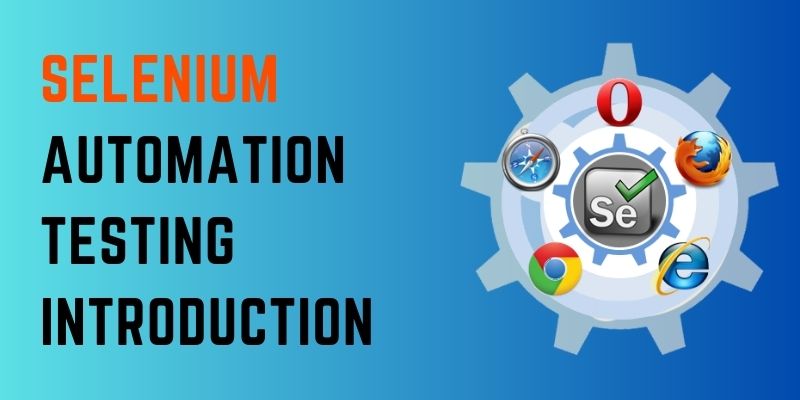Selenium is a popular automated testing tool because of its many benefits. Due to its simplicity, accessibility, and convenience of use, testers choose Selenium over other tools. With the advent of Selenium for automated testing, testers’ lives have become simpler. It has drawn a lot of interest and is now the tool of choice for automation testers. If you are here to know Selenium Automation Testing Introduction, FITA Academy offers the best Selenium Training in Chennai with Selenium Certified Professionals.
What is Software Testing?
Simply said, testing evaluates a product’s performance, dependability, and quality before releasing it for general use. For example, every product, from a tiny pin to a spaceship, is tested before it is released.
In the technological world of today, software-driven devices and applications rule. Every time and place, we anticipate their acting in accordance with our wishes.
Examining or confirming the quality of software applications before making them available to users is the definition of software testing.
Types of Software Testing
Manual Testing
Traditionally, quality assurance (QA) staff members write specific lines of code, commonly referred to as test cases, to perform software testing. Each transaction requires the manual execution of these test cases utilising various datasets and attribute types.
It is necessary to manually record the test case’s outcome, success, or failure. The primary drawback of manual testing is the high likelihood of human error, and negative product quality results from repetitive testing cases.
Automation Testing
Automation testing, which uses a tool to run the test cases for each transaction without requiring manual involvement, was developed in response to the shortcomings of manual testing. Additionally, test cases can be set up to run on any platform, operating system, and web browser.
Selenium Integrated Development Environment (IDE)
The sole straightforward and simple-to-use part or tool in the Selenium automated testing suite is the Selenium Integrated Development Environment (IDE). The IDE is an easy-to-install Firefox plugin allowing you to record and run common test cases quickly.
Test cases are created based on the records of user interactions with the web browser. These test cases can be executed repeatedly. Selenium IDE is straightforward. However, it cannot be used as a model for creating complex test cases.
Selenium Remote Control (RC)
Single Source Policy (SOP) is a challenge that was addressed by the development of Selenium Remote Control. This restriction prohibits JavaScript code from interacting with resources in domains other than its parent domain.
In the past, Selenium Core and the web server were installed locally by testers so that they could share a domain. Paul Hammond, another ThoughtWorks engineer, became aware of this and created Selenium RC, a long-lasting fix for SOP’s issue.
Selenium WebDriver
In order to compete with Selenium RC, Simon Stewart created Selenium WebDriver. Selenium WebDriver offers a user interface for developing and running test cases, in contrast to IDE and RC. These test cases are made in a way that makes it simple to recognise web page components and carry out the required activities. FITA Academy is the best institution with the experts to teach through Selenium Online Training and also offers Placement Assistance.
Because Selenium WebDriver is a modern and accepted method of browser automation, it might be considered an upgraded form of RC. Because WebDriver calls the browser directly, it performs automated web application testing much more quickly than RC, which relies on JavaScript and needs a server to interface with the browser.
